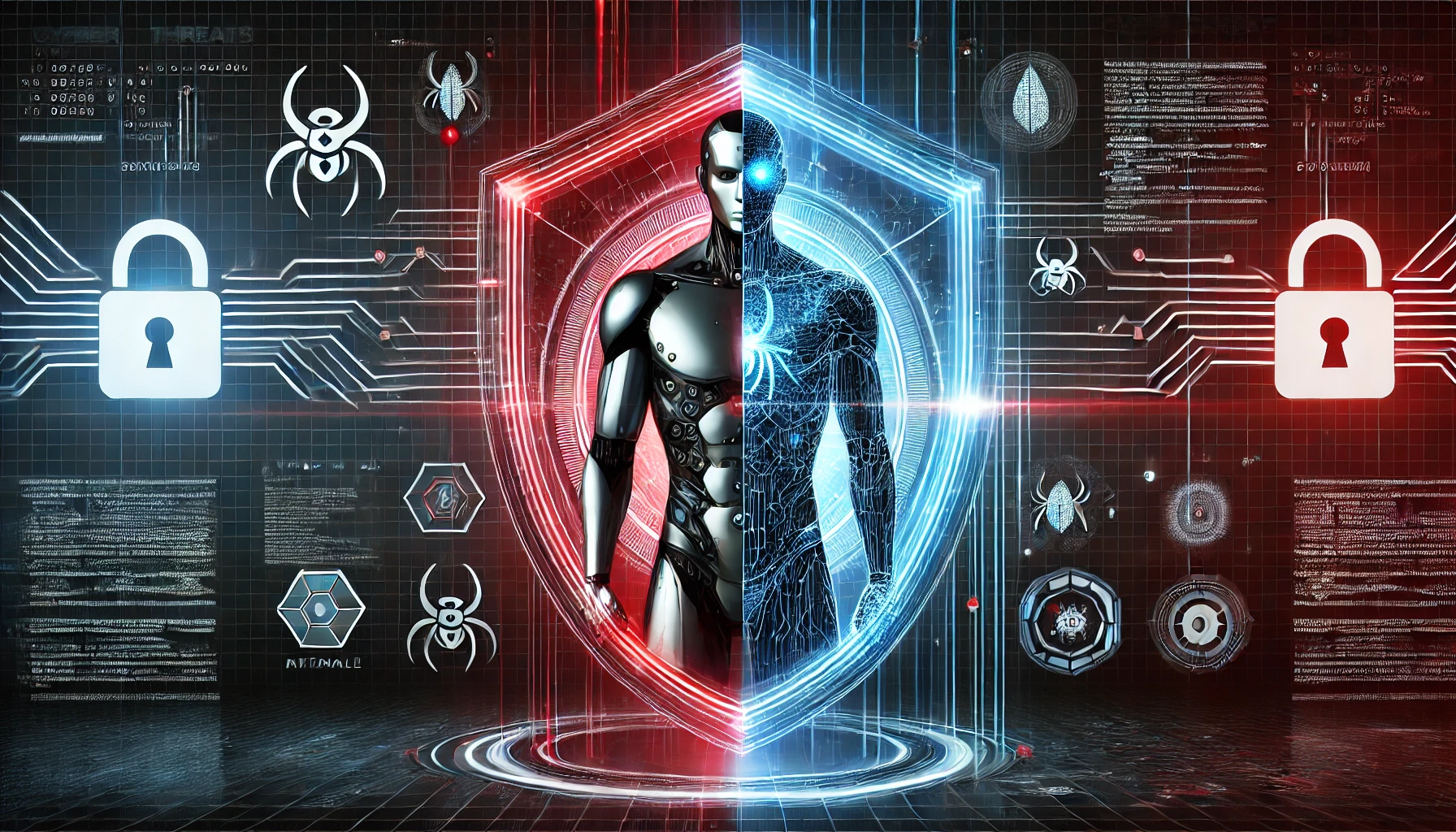AI is trained on human-created data, and even if it advances significantly in the tech space, it cannot create bulletproof systems for a few key reasons:
1. AI Inherits Human Limitations
- AI models are trained on existing human knowledge, which includes flawed designs, biases, and security gaps.
- If past systems had vulnerabilities, AI might unknowingly replicate or even amplify them.
2. Complexity & Unpredictability of Software
- Modern software is extremely complex, with countless dependencies, interactions, and edge cases.
- Even AI-designed code can have emergent vulnerabilities that were not anticipated.
3. Security is a Moving Target
- Attackers constantly develop new techniques, meaning a system secure today might be vulnerable tomorrow.
- AI lacks true adversarial intuition—it reacts to known patterns but struggles with novel attack strategies.
4. AI Itself Introduces New Attack Surfaces
- AI-generated code and AI-driven security tools can have their own weaknesses (e.g., prompt injection, adversarial attacks).
- Attackers will target AI itself, making it another point of failure.
5. The Human Element Never Disappears
- Humans still configure, deploy, and interact with systems.
- Social engineering, misconfigurations, and insider threats will always be exploitable weaknesses.
Even in a world where AI dominates tech, vulnerabilities will never disappear—they will just evolve. That means pentesters, security researchers, and ethical hackers will always be needed to find and fix flaws AI alone cannot predict.
AI and humans need to work together in a bidirectional system where:
1. AI helps humans design and secure systems
- AI can automate **code reviews, vulnerability scans, and anomaly detection**.
- It can generate security policies, optimize network defenses, and even predict attack trends.
2. Humans provide oversight over AI
- AI lacks true **contextual understanding and intuition**—humans must validate its decisions.
- Security teams can catch **false positives, blind spots, or adversarial manipulations** AI might miss.
3. AI audits and improves AI itself
- Attackers will target AI systems with **adversarial attacks, model poisoning, prompt injection, etc.**
- Using AI to analyze and harden AI models will be crucial to preventing **self-reinforcing vulnerabilities**.
The Future of Cybersecurity = Human-AI Hybrid Cyber Defense
- AI for automation → Detect threats faster, analyze massive data, assist in real-time response.
- Humans for decision-making → Validate AI findings, adapt to novel attacks, handle ethical concerns.
- AI to attack/test AI → Find weaknesses in AI-driven security before attackers do.
It’s like having two sets of eyes on everything—one automated, one human—ensuring that security evolves without bias, blind spots, or static defenses.
This approach could be the only way to stay ahead of cyber threats in an AI-driven world.
